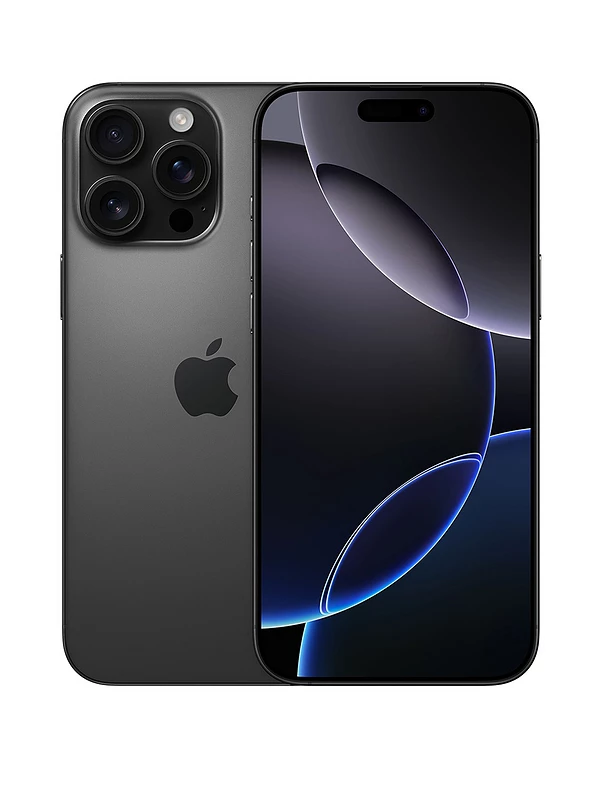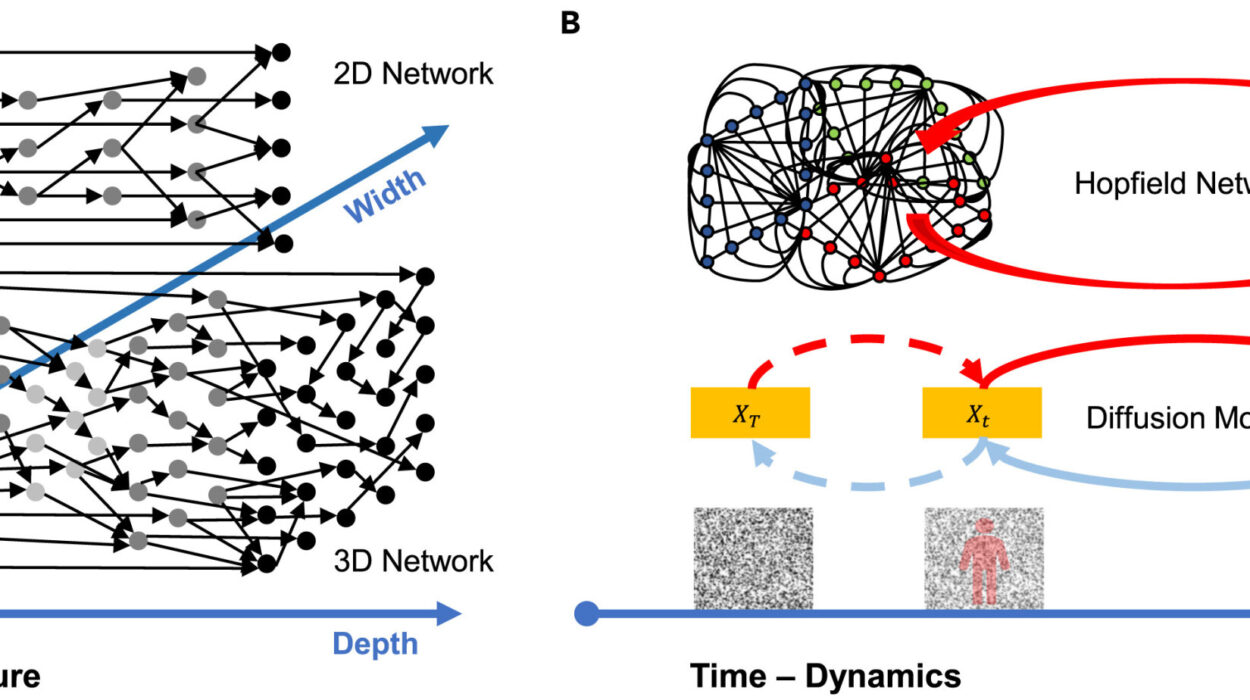One crisp autumn afternoon, a woman named Leila stands on a bridge in Prague, the setting sun turning the Vltava River into molten gold. She raises a slim rectangle of glass and metal—a smartphone—and frames the scene. A tiny shutter clicks. In that fleeting gesture, Leila has performed a modern act of sorcery, capturing light, time, and emotion inside a device that fits in her pocket.
She lowers the phone and gazes at the screen, where the river glows, the spires of the city cut sharp against the clouds, and the details shimmer with a clarity once reserved for professionals. She smiles, posts the image online, and continues her stroll. Her photo instantly gathers likes from friends in Sydney, Mumbai, and New York. A single moment has been preserved, duplicated, and shared with the world.
And yet, in that simple act, there lies an entire universe of physics, engineering, mathematics, and artistry. How, we might wonder, does a phone camera—smaller than a postage stamp—create images once thought impossible without bulky, expensive gear? What secrets swirl beneath those glossy lenses, transforming everyday snapshots into marvels of color and detail?
This is the story of the secret world inside your pocket—a world of photons and silicon, of glass polished thinner than a human hair, of neural networks trained to dream in color, and of engineers who blend physics and art to give humanity new eyes.
The Dance of Photons
Every photograph begins with light. Not just any light, but an intricate dance of tiny particles called photons. In the sunlit streets of Prague, trillions of photons bounce from stones, bridges, and water. Some strike Leila’s eyes; others journey into the glass eye of her smartphone.
It’s easy to forget that light has a dual nature—it is both a wave and a particle. When a smartphone camera opens its shutter, even for a fraction of a second, it allows a brief flood of these particles into a hidden chamber called the sensor. There, each photon becomes a whisper of electricity—a subtle clue about brightness, color, and the shape of the world.
In traditional cameras, this task fell to film: sheets coated with chemicals that reacted to light. In modern phones, the task belongs to silicon. Beneath the surface of your smartphone lies a tiny, meticulously engineered grid of pixels, each acting as a photon trap.
Imagine a city viewed from above, a grid of streets, each block a pixel. The more photons that fall into each “block,” the brighter that part of the photo appears. This is how a glowing sunset, a twinkling star, or a lover’s eyes become an electrical signal: electrons gather in little wells, forming patterns that mirror reality.
But that’s only the beginning. The true magic happens next.
The Rise of the Tiny Lens
At first glance, smartphone lenses seem almost laughably small compared to traditional camera lenses, which often resemble soup cans bolted to metal bodies. And yet, these tiny glass elements perform feats that border on miraculous.
Engineers have spent decades figuring out how to bend and shape light through multiple glass or plastic lenses, each polished to a precision measured in nanometers. Light enters, bends, refocuses, and corrects itself, minimizing flaws like chromatic aberration—those annoying color fringes at the edges of bright objects—or distortion, which warps straight lines into curves.
In the tiny confines of a phone, there’s hardly any room to maneuver. Designers layer lenses like the petals of a flower, sometimes stacking six or seven elements in a space barely thicker than a fingernail. These lenses focus light precisely onto the sensor, ensuring every photon finds its proper pixel.
Yet the challenge doesn’t stop with bending light. When you zoom on a smartphone, you’re not merely bringing objects closer in a physical sense. Often, your phone deploys “computational zoom,” magnifying digital data while trying to preserve clarity. In high-end models, engineers have invented ingenious “periscope” designs, tucking long lenses sideways inside the phone body and using mirrors to bounce light into them, much like a submarine peeking above the ocean waves.
It’s an elegant dance of geometry and optics. A modern smartphone camera lens is a marvel that would leave the early pioneers of photography agape.
Pixels and the Art of Sensitivity
Not all pixels are created equal. If you peer beneath the hood of your smartphone, you’d discover the sensor, a silicon rectangle no bigger than a fingernail. On that tiny surface, millions of photodiodes wait for the light to arrive.
Each photodiode acts like a bucket collecting rain. A bright scene pours photons into the buckets, while a dim scene offers only a trickle. But here’s the catch: smartphone sensors are much smaller than those in professional cameras. Their “buckets” are smaller, too. This makes gathering enough light in low-light conditions a challenge.
To counter this, engineers have devised brilliant solutions. Many modern sensors use techniques like “pixel binning,” combining the signals from multiple small pixels into a single, larger pixel. Imagine combining four buckets into one bigger bucket to catch more rain. This trick improves sensitivity, especially in the dim glow of candlelight or neon-lit streets at night.
Furthermore, manufacturers have reengineered the very structure of pixels. Older sensors forced light to travel through layers of circuitry before reaching the photodiodes. Modern sensors use “backside illumination,” flipping the sensor architecture so that light hits the photosensitive layer first. This innovation squeezes every last photon out of the incoming light, boosting image quality in low-light situations.
Color: The Brain’s Illusion
Light itself has no color. Photons carry energy, but color exists only in the human mind, an interpretation of wavelength. Smartphone cameras must mimic this process using color filters and sophisticated algorithms.
On the sensor, each pixel records only brightness, not color. To capture color, manufacturers place a color filter array over the sensor. The most common pattern is the Bayer filter, a mosaic of tiny red, green, and blue filters. Each pixel “sees” only one color. The phone’s software then reconstructs the full-color image through an intricate algorithm called demosaicing, interpolating data from neighboring pixels.
It’s a digital guesswork that must be astonishingly precise. Get it wrong, and colors look unnatural: skies turn teal, faces become blotchy, or shadows appear purple. Achieving lifelike colors requires not just mathematical precision but an understanding of human perception.
And that’s where the soul of modern smartphone photography emerges. Science and art must join hands.
Enter Computational Photography
Imagine standing beneath the Northern Lights. Green curtains ripple across the heavens. You raise your phone and tap the shutter. Instantly, your camera fires off not one photo, but a dozen, each with different exposure times and focus points.
These images are stacked and blended by powerful processors, analyzing which parts are sharp, which are blurred, and which are best exposed. Shadows are lifted, highlights toned down, noise reduced, colors balanced. By the time your photo appears on-screen, you’re not seeing a single image but the composite child of multiple frames.
This is computational photography—a revolution that transforms the smartphone camera into something far beyond mere optics. It’s not just a lens and sensor but a sophisticated computer that interprets the world as a painter might, balancing technical accuracy with artistic vision.
One powerful example is High Dynamic Range (HDR) imaging. In traditional photography, it’s impossible to expose for both bright skies and dark shadows in the same shot. Either the sky burns white, or the shadows sink into black. Modern smartphones capture multiple exposures in rapid succession, seamlessly blending them to produce an image where clouds remain fluffy white and shadowy alleys reveal hidden detail.
Or consider portrait mode. In professional cameras, a wide-aperture lens blurs the background, isolating the subject in a creamy “bokeh.” Phones can’t physically replicate such shallow depth of field with small lenses. Instead, they fake it using depth sensors, machine learning, and clever algorithms that identify edges, separate foreground from background, and artificially blur the rest.
Sometimes, computational photography even compensates for physics itself. When shooting stars, a phone might hold the shutter open for several seconds, but your hand inevitably trembles. The camera detects those microscopic wobbles, aligns multiple frames, and cancels the shake as if the phone had been locked on a tripod.
The result is that ordinary people can capture images once requiring thousands of dollars of gear and years of technical training. Photographs of galaxies, night streets, or perfect portraits are now possible with a flick of your finger.
Neural Networks: Cameras That Learn
In the past, camera software followed strict rules: if an image was too dark, brighten it; if colors were too warm, cool them down. But modern smartphones are increasingly driven by neural networks—software inspired by the way human brains work.
These networks are trained on millions of images. They learn what skies look like, how skin tones should appear, what objects are important. They don’t simply apply static rules; they make context-aware decisions. When you photograph a snowy landscape, your phone “understands” that snow should appear white, not gray. If you shoot a plate of pasta, it knows to enhance the reds and yellows to make food look delicious.
Some flagship phones can identify hundreds of scenes—from waterfalls to fireworks—and adjust exposure, color balance, and contrast accordingly. Your phone is quietly acting as both photographer and photo editor, crafting an image tailored to your subject.
And the networks continue to evolve. With each software update, your camera becomes smarter, better at recognizing patterns, and more adept at guessing what you want to see.
The Physics of Night Vision
Perhaps the most astonishing feat of smartphone cameras is the ability to capture scenes in near darkness. A decade ago, low-light photography was a grainy, muddy disaster. Today, phones produce night shots brimming with color and detail.
Part of this is hardware: larger sensors, better lenses, more sensitive photodiodes. But the real magic is computational. Modern night modes capture multiple long exposures, even as you hand-hold the camera. The software merges these frames, rejecting blurry ones and aligning details pixel by pixel. Noise is scrubbed away through statistical models, and colors are restored to their rightful vibrance.
It’s akin to seeing in the dark. When Leila takes a photo of Prague’s Charles Bridge under moonlight, the result often looks brighter than what her eyes perceive. The camera invents an idealized reality—a night that glows like dusk, revealing details hidden from human vision.
Purists sometimes protest: “But that’s not what it really looked like!” And yet, our eyes themselves are limited sensors. Smartphone cameras offer a new way of seeing, expanding the boundaries of human perception. What is “real,” after all, if not the sum of what we’re able to perceive?
The Pursuit of Perfect Skin
Smartphone makers face a peculiar dilemma: how to make people look good. Human skin is one of the most challenging subjects to photograph. Small blemishes, uneven tones, and harsh lighting can render faces harsh or unnatural.
To solve this, many phones apply subtle skin-smoothing algorithms, evening out complexion without destroying texture. Some algorithms even analyze the shape of facial features and adjust lighting effects to sculpt the face more flatteringly.
It’s a delicate balance between authenticity and enhancement. Too much smoothing, and a face looks plastic. Too little, and people complain about unflattering images. Smartphone cameras have become quiet beauty consultants, applying a digital version of a makeup artist’s touch.
Yet this raises fascinating ethical questions. Are we seeing ourselves as we truly are—or as the algorithms think we should look? Are we crafting an idealized reality, or simply using technology to present our best selves? There’s no easy answer, but it’s clear that the smartphone camera has become a mirror not just for our faces, but for our desires.
A Canvas for Creativity
Amid all the science and engineering, it’s easy to forget why we take pictures at all. We photograph our lives because we want to hold onto moments. We want to share joy, beauty, and truth.
Smartphone cameras are not just machines; they’re creative tools. Photographers experiment with slow-shutter apps to create silky waterfalls or light trails from passing cars. Artists distort perspectives, blend exposures, and craft entire films using only a phone.
In countries where traditional cameras remain unaffordable, smartphones have democratized visual storytelling. Photojournalists have documented revolutions, natural disasters, and human resilience with these tiny devices. Everyday people have captured history as it unfolded, sharing it in real time with the world.
A teenager in Manila photographs flooding streets to warn her neighbors. An artist in Cape Town uses her phone to create surreal, dreamlike images. A father in Chicago records his child’s first steps. These are stories told through lenses smaller than a pea.
The Future: Beyond the Visible
Even as smartphone cameras become more advanced, the horizon of possibility keeps expanding. Companies are experimenting with sensors sensitive to infrared or ultraviolet light, letting cameras “see” wavelengths invisible to humans. Such cameras could reveal heat signatures, hidden art under old paintings, or even early signs of crop disease.
Some phones are exploring 3D depth mapping, creating detailed spatial maps of the world. This technology could revolutionize augmented reality, letting us overlay virtual objects into physical spaces with astonishing realism.
Artificial intelligence may soon be able to remove reflections from glass, erase unwanted people from backgrounds, or even reconstruct details lost to blur or poor lighting. Cameras might adapt in real time to your artistic intentions, adjusting color palettes and moods like a personal cinematographer.
Yet amid these dazzling innovations, the core purpose remains timeless: to help us see, remember, and share our world.
The Lens as a Window
When Leila looks again at her photo of the Vltava River, she sees more than a cityscape. She sees light preserved, memories captured, a feeling immortalized. She sees a window into the hidden magic of physics and computation—though she may never know the equations humming beneath the surface.
Smartphone cameras are miracles of human ingenuity. They condense centuries of optical science, electronic engineering, and artistic wisdom into a device we slip into our pockets and barely think about. They turn fleeting moments into memories, connect distant people, and give every human the power to create and share beauty.
And perhaps that is the greatest magic of all. For in the end, the smartphone camera is not merely a machine—it’s a mirror reflecting humanity’s endless quest to see the world, understand its secrets, and tell our stories.





